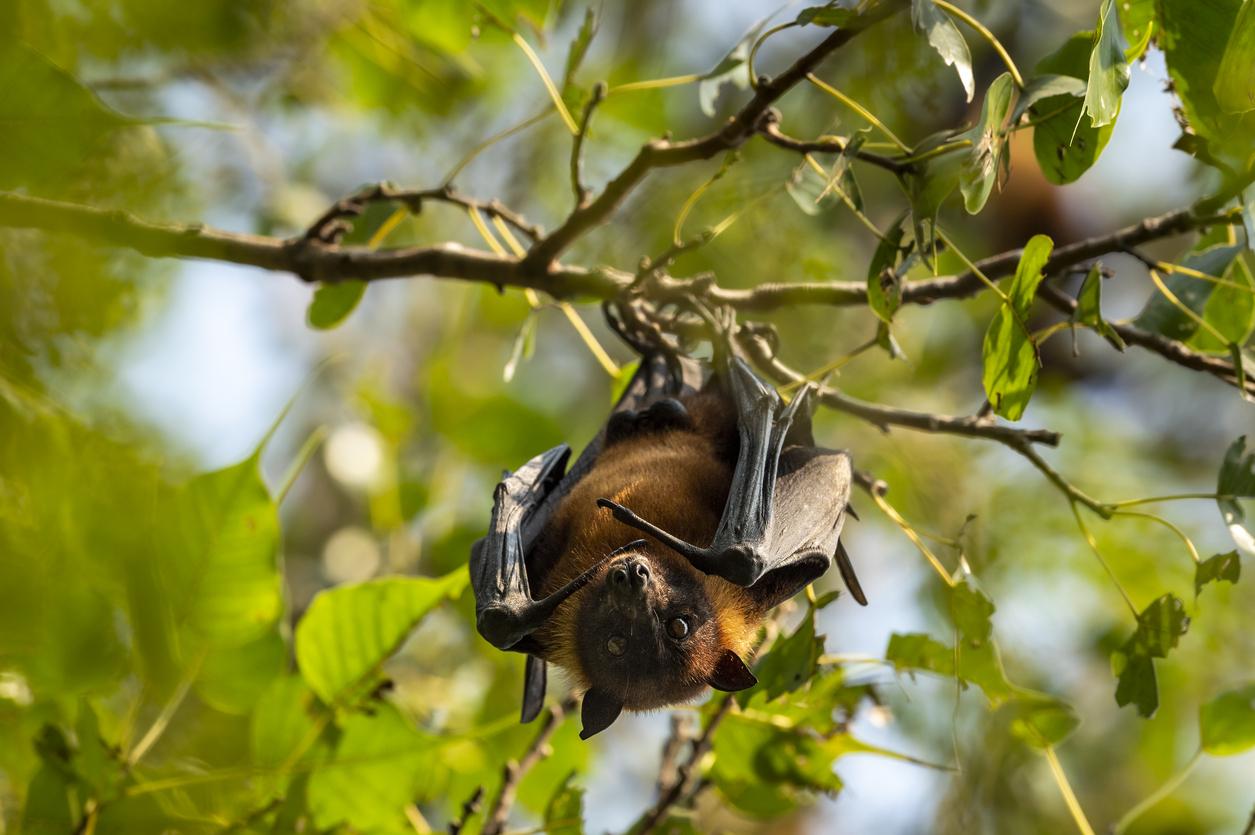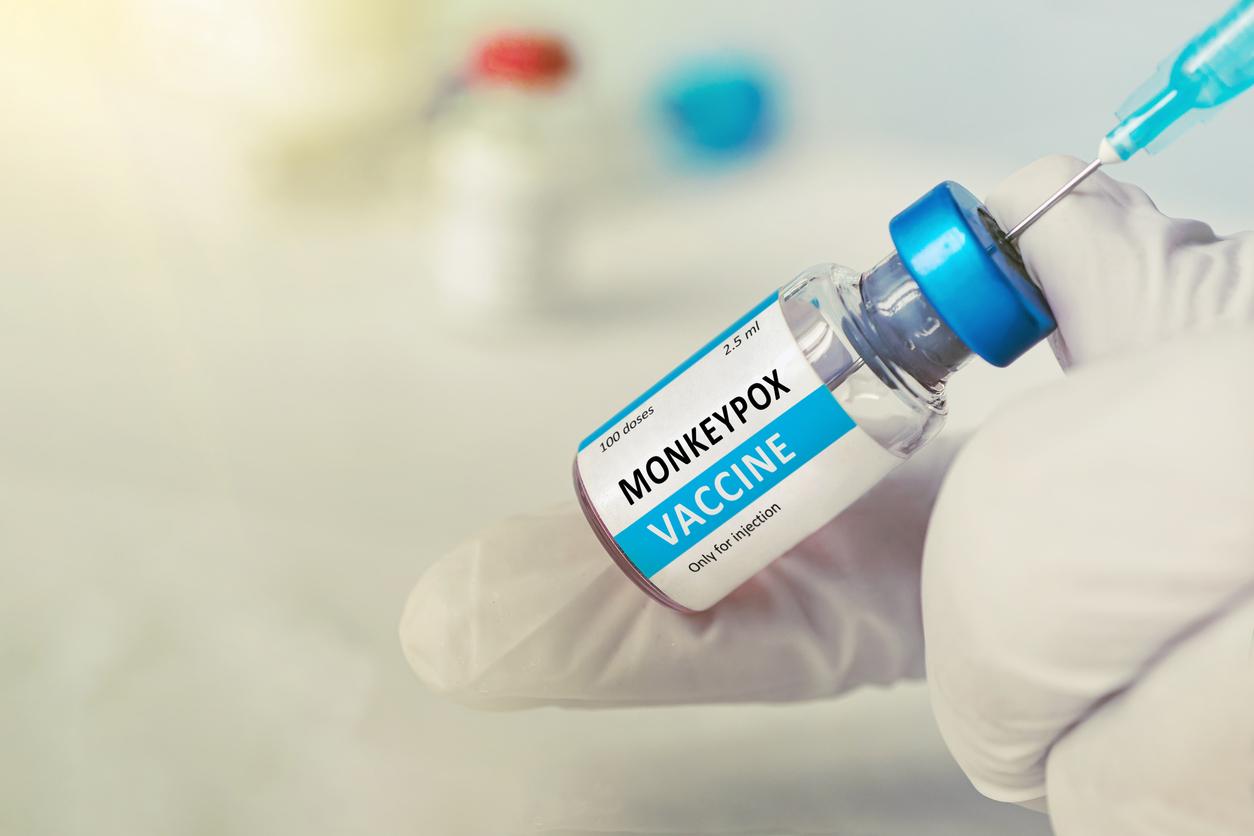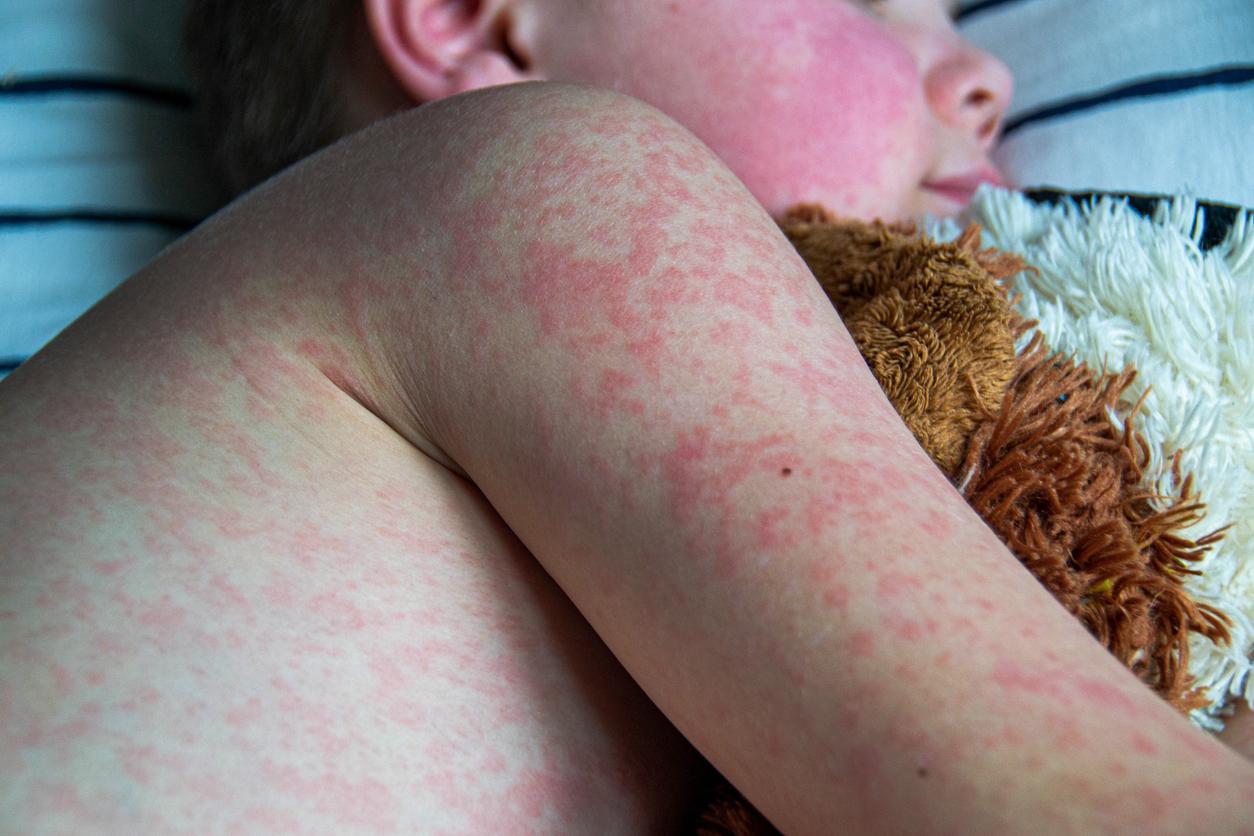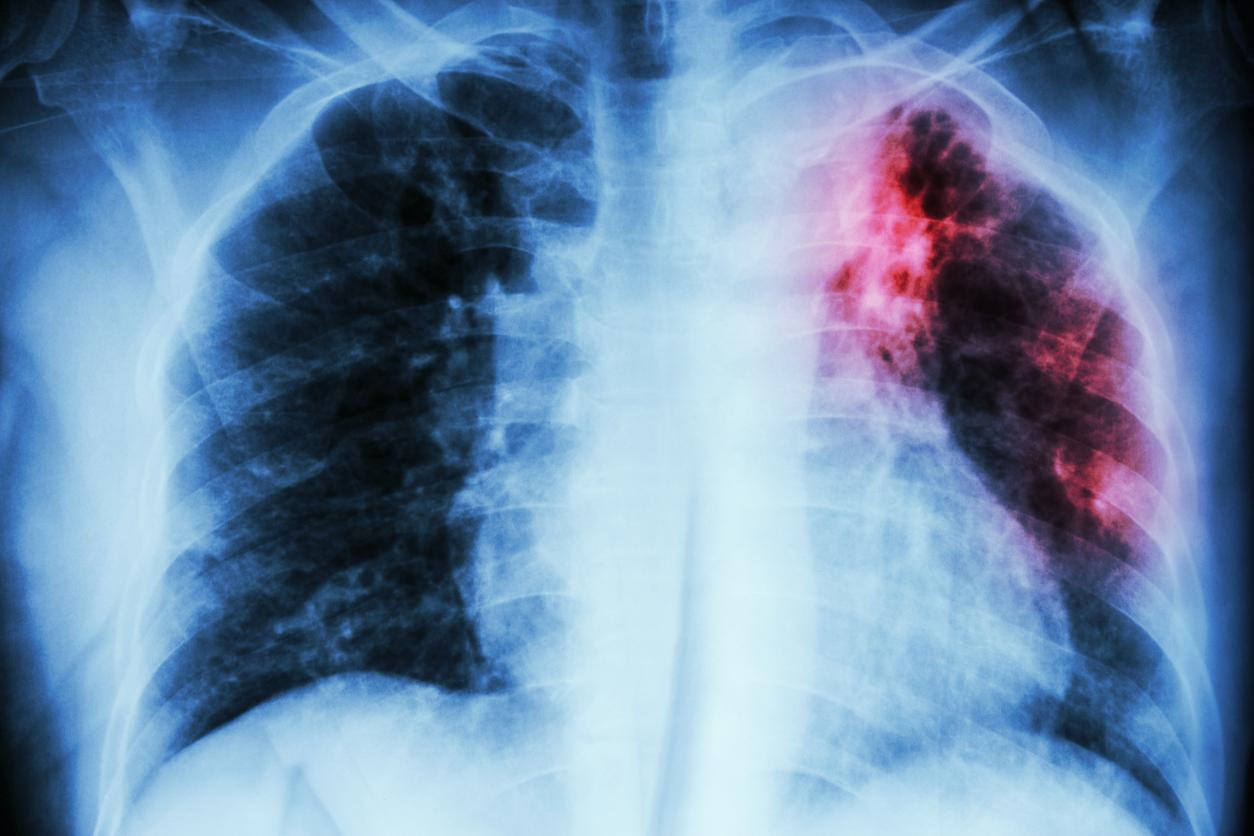The health authorities have opened an epidemiological investigation to find people who have been in contact with a kitten who died of rabies in the Val d’Oise.

The Ministries of Agriculture and Health announced Thursday that a case of rabies had been detected in a kitten in Argenteuil in the Val d’Oise. He died on October 28. After analysis, the Pasteur Institute confirmed this case. “An epidemiological investigation has been initiated in order to identify and take care of the people who could have come into contact with this kitten between October 8 and October 28 inclusive. This period corresponds to the period during which he was able to transmit the disease ”, indicate the authorities. All those who have been bitten or scratched in the month of October in Argenteui by this little cat must come forward by telephone to 08.11.00.06.95.
The Directorate General of Health also specifies that “five people who have been in contact with the kitten have already been identified. They were taken care of and referred to an anti-rabies center for preventive treatment.
France has been officially rabies free since 2008. The rare cases observed in animals in our country concern on the one hand bats, but also dogs and cats, or other infected animals in countries where the disease is rife. disease and then illegally imported.
No case of autochthonous human rabies (that is to say transmitted by an animal not imported from a country in which rabies is rife) has been observed in metropolitan France since 1924. However, one case of human rabies occurred in following the bite of a man by an infected bat, was identified in 2008 in Guyana. The very rare cases reported in humans in France concern people who have been bitten abroad, in an area where the disease is rife.
Disease
Rabies is a viral zoonosis (a disease transmitted from animals to humans). The rabies virus infects domestic and wild animals and is transmitted to humans through the saliva of infected animals from a bite or scratch.
Symptoms
The incubation period for rabies is usually 1 to 3 months but can last from less than a week to over a year. The disease begins with fever and often pain or tingling, itching and burning at the site of the injury.
The spread of the virus through the central nervous system can lead to progressive and fatal inflammation of the brain and spinal cord. Death occurs within days from cardiopulmonary arrest.
In about 30% of human cases, rabies can present in its “paralytic” form. The muscles are gradually paralyzed, starting from the place of the bite or scratch. Cases of paralytic rabies are often misdiagnosed and therefore underreported.
Diagnostic
There is no test that can diagnose rabies before the onset of the clinical phase. clinical diagnosis can be confirmed intra vitam and post-mortem by various laboratory techniques aimed at detecting whole virus, virus antigen or nucleic acids in infected tissues (brain, skin) or in urine or saliva.
Transmission
The virus is spread by a deep bite or scratch from an infected animal. The dog is the main host and vector of the rabies virus. In the United States of America and Canada, most cases of human rabies originate in bats, which have also recently become a public health threat in Australia, Latin America and Western Europe. Animal-to-human transmission can also occur through direct contact of infectious material – usually saliva – with mucous membranes or an unhealed wound on the skin. Human-to-human transmission by bite is theoretically possible but has never been confirmed.
Post-exposure prophylaxis (PEP)
It provides for:
treating the wound as soon as possible after exposure;
administration of a series of doses of a potent and effective rabies vaccine in accordance with WHO recommendations;
administration of rabies immunoglobulin, if indicated.
Giving effective treatment soon after exposure helps prevent symptoms and death.
Wound treatment
Removing the rabies virus, by chemical or physical means, from the infected area provides effective protection. It is therefore important to promptly treat all bites and scratches that may be contaminated with the rabies virus. Recommended first aid is immediate cleansing of the wound for at least 15 minutes with soap and water, detergent, povidone iodine, or other substances that kill the rabies virus.
(Sources: Ministry of Health and WHO)
.















